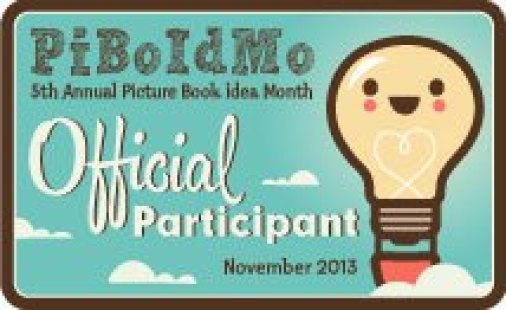 I’m fascinated by the Pirate Party (see previous post), and the more I talk to twenty-somethings, the more I discover they’re big proponents of sharing intellectual property.
I’m fascinated by the Pirate Party (see previous post), and the more I talk to twenty-somethings, the more I discover they’re big proponents of sharing intellectual property.
One developer I talked to works a day job so he can afford to spend his free time doing what he really wants to do–create and share his developments with others for free. He’s not alone. Many programs such as Spybot, Open Office, Paint.NET, GIMP – GNU Image Manipulation Program, and other free downloads offer security, wordprocessing, and photo-manipulation programs that are comparable to those you pay big bucks for.
I’m wondering if the Baby Boomers who grew up in the “me” generation spawned these givers. Was it a reaction or even rebellion against the “do-what-feels-good” and the “take-care-of-number-one” philosophies? Interestingly enough, many Baby Boomers dropped out of that lifestyle in the 60s and touted a back-to-nature lifestyle. They joined communes and shared their possessions. But quite a few of them went on to snag high-powered jobs later in life and moved up the corporate ladder.
Perhaps, though, deep down, they still believed in that original philosophy and passed it on. The present generation caught that spirit and now lives out that philosophy of sharing.
I wonder, too, if all the competitiveness of our society encourages people to hide their talents, to refuse to share unless they’re adequately compensated. Perhaps if we collaborated instead of competing, we could pool our knowledge and cure cancer and other illnesses, create viable solar cars and houses, eliminate poverty, and negotiate world peace. The younger adults in our society seem to understand this and are moving in that direction.
One of the most exciting ways to discover new ideas is to brainstorm with a group. Each person adds to another’s knowledge. If we shared discoveries, rather than trying to keep them secret so we could profit from them, who knows what we could accomplish.
 The crocuses (or are they croci?) have popped their colorful heads above ground, the Bradford pears are budding, and the rhododendron are adding a splash of yellow to the side yard. Next will be daffodils. Then I’ll know for sure spring is here.
The crocuses (or are they croci?) have popped their colorful heads above ground, the Bradford pears are budding, and the rhododendron are adding a splash of yellow to the side yard. Next will be daffodils. Then I’ll know for sure spring is here.







